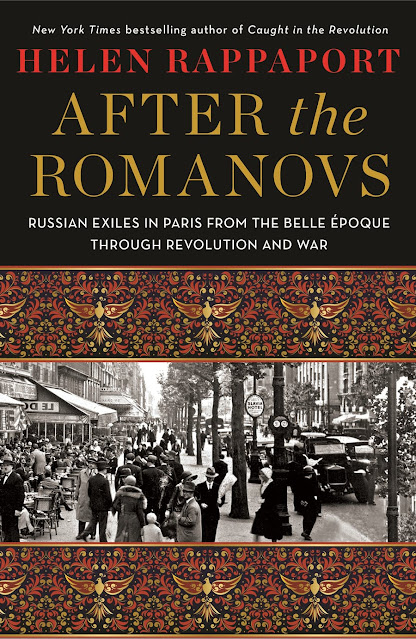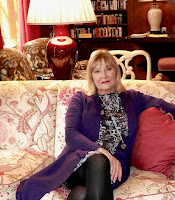Paris has always been a city of cultural excellence, fine wine and food, and the latest fashions. But it has also been a place of refuge for those fleeing persecution, never more so than before and after the Russian Revolution and the fall of the Romanov dynasty. For years, Russian aristocrats had enjoyed all that Belle Époque Paris had to offer, spending lavishly when they visited. It was a place of artistic experimentation, such as Diaghilev’s Ballets Russes. But the brutality of the Bolshevik takeover forced Russians of all types to flee their homeland, sometimes leaving with only the clothes on their backs.
Arriving in Paris, former princes could be seen driving taxicabs, while their wives who could sew worked for the fashion houses, their unique Russian style serving as inspiration for designers like Coco Chanel. Talented intellectuals, artists, poets, philosophers, and writers struggled in exile, eking out a living at menial jobs. Some, like Bunin, Chagall and Stravinsky, encountered great success in the same Paris that welcomed Americans like Fitzgerald and Hemingway. Political activists sought to overthrow the Bolshevik regime from afar, while double agents from both sides plotted espionage and assassination. Others became trapped in a cycle of poverty and their all-consuming homesickness for Russia, the homeland they had been forced to abandon.
This is their story.
A well researched and incredibly in-depth novel, After the Romanovs takes a comprehensive look at life for many refugees after the Romanov family was assassinated, and many defected to Paris. Helen Rappaport is a leading expert of the Romanovs and Russian history in general, and it is paramount in her writing.
Being a novice of Russian history myself I found myself lost more than one time, especially the moments when it read more like a textbook, and I found myself struggling to concentrate. I never really understood the reasons behind the revolution, but now I have more of an understanding as to why there was such an uprising. Reading the accounts of the Romanovs murders was gut wrenching and truly unfathomable. Though I now understand the motivations behind the extermination of the family, it doesn’t negate the fact that these were human beings, the loss of life is always sad.
Definitely doesn’t have the same flow as some of the other nonfictions that I’ve read recently, but the information it does contain is eye-opening. I loved the fluid segues between different persons of interest and periods of time, and must give credit to all of those that fled from Russia and had a true fall from grace. To go from such incredible wealth to working as a taxi driver in a foreign land had to be earth-shattering.
I left this book feeling depressed, especially with the current events going on with Russia and Ukraine. There has always been such turmoil in that region and it just breaks my heart. My prayers go out to all that are affected by this current conflict, and hope that it will have a peaceful ending soon.
Watching what is currently happening, as well as reading After the Romanovs, I am now curious to learn more about this turbulent country and stormy past. It is truly a fascinating topic and I thank Ms. Rappaport for her comprehensive work.Helen Rappaport is a historian specializing in the Victorian period, with a particular interest in Queen Victoria and the Jamaican healer and caregiver, Mary Seacole. She also has written extensively on late Imperial Russia, the 1917 Revolution and the Romanov family. Her love of all things Victorian springs from her childhood growing up near the River Medway where Charles Dickens lived and worked. Her passion for Russian came from a Russian Special Studies BA degree course at Leeds University. In 2017 she was awarded an honorary D.Litt by Leeds for her services to history. She is also a member of the Royal Historical Society, the Genealogical Society, the Society of Authors and the Victorian Society. She lives in the West Country, and has an enduring love of the English countryside and the Jurassic Coast, but her ancestral roots are in the Orkneys and Shetlands from where she is descended on her father's side. She likes to think she has Viking blood.
Connect with Helen: Website | Facebook | Twitter | Instagram







































No comments
Thank you for visiting! :)